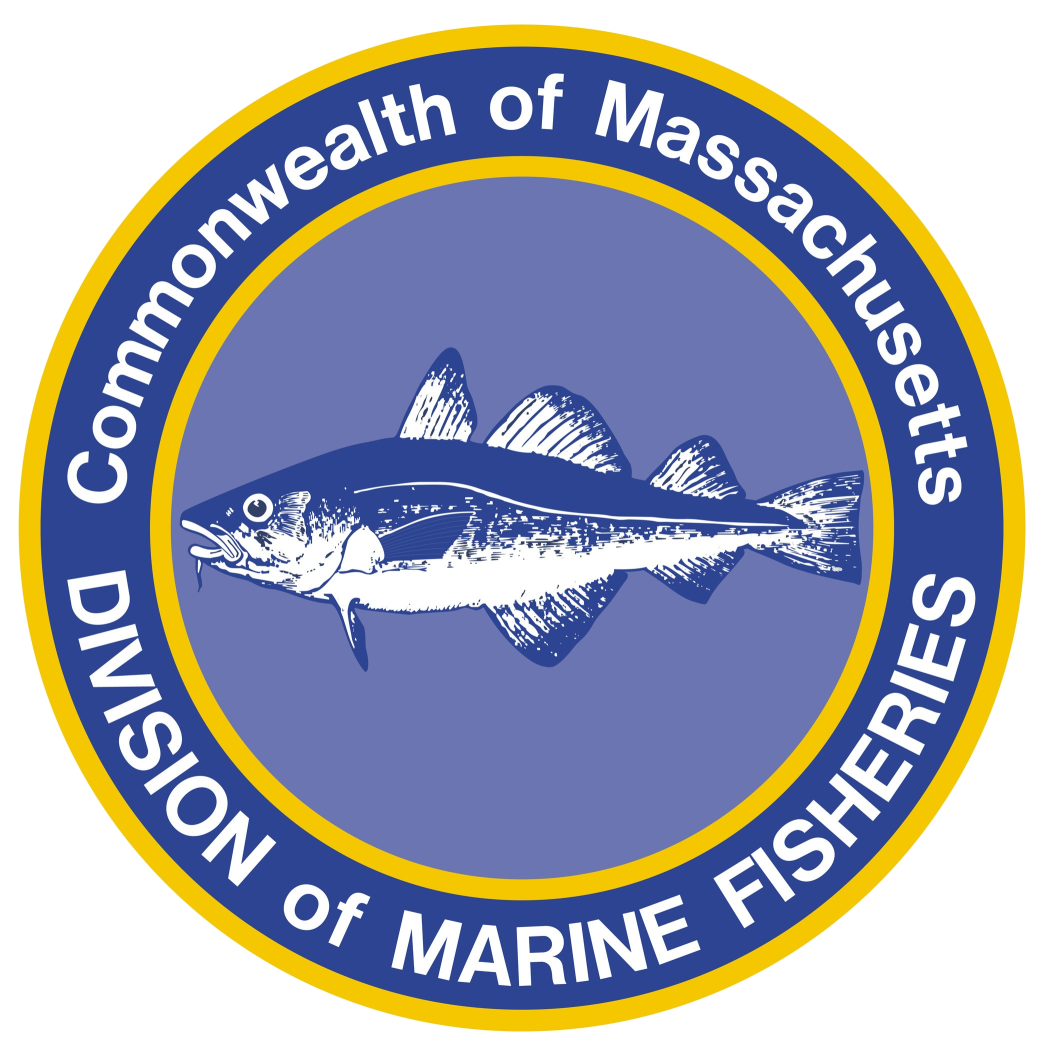- Division of Marine Fisheries
DMF manages striped bass cooperatively with the other East Coast states through the Atlantic States Marine Fisheries Commission (ASMFC). The latest assessment released in 2019 showed that striped bass are overfished primarily owing to the relatively poor year classes (the number of young born and surviving in a certain year) in the years 2005–2010.
These poor year classes combined with relatively high fishing mortality caused the population to decline (as measured by the spawning stock biomass or SSB, a measure of population health and reproductive potential). While these poor year classes are mostly caused by environmental conditions on the spawning and nursery grounds, as managers we must act on fishing mortality to maintain a healthy population as we have no control over environmental conditions.
In response to the decreased health of the striped bass population, the ASMFC’s Striped Bass Management Board voted first to implement Addendum VI to Amendment 6 of the Interstate Fishery Management Plan (go to http://www.asmfc.org/species/atlantic-striped-bass to find more information about striped bass management). Addendum VI reduced removals from the population by 18% through commercial quota cuts and a slot size (28” to <35”) for the recreational fishery along the coast. The Addendum also put in place a requirement to use circle hooks when fishing with bait for striped bass. At the time that these measures were implemented, it was estimated that fishing mortality would be reduced to a level that would bring the striped bass population back to a healthy state over several years.
Unfortunately, Mother Nature continues to not cooperate and another series of relatively poor-to-average year classes has occurred from 2016–2021. This lack of good recruitment will present challenges to rebuilding the SSB under the current fishing mortality rate. To address this problem, the Management Board initiated Amendment 7 to the Interstate Fishery Management Plan at its May 2021 meeting. The Amendment is still in development with a schedule subject to change, but the hope is to conduct public hearings on proposed management measures in spring of 2022 for implementation in 2023. Per the Board’s direction, the Plan Development Team is working on a suite of options to protect the strong 2015 year class to help in rebuilding SSB; reduce catch and release fishing mortality; change how Conservation Equivalency is used; revise the triggers used to initiate management responses to low SSB, high fishing mortality, and low recruitment; and establish a rebuilding plan under a “low productivity” scenario.
Under the latter, the Technical Committee would develop population projections as part of the 2022 stock assessment using low values for recruitment—similar to what the population is currently experiencing—to provide a more conservative view of where the stock is headed, rather than the usual projections which use more average recruitment values. If these analyses show that the stock will not grow to the target biomass under the low productivity scenario within the 10-year rebuilding timeline, the Management Board would address the need to implement further mortality reductions in an addendum to Amendment 7.
There are a lot of balls in the air right now and the final decisions on how to get the striped bass stock healthy again will not be made until May. When draft Amendment 7 is released to the public, we urge you to attend public hearings and provide input on which options you would like to see implemented for the striped bass fishery. Although opinions vary on how to best achieve the goal, we are all in agreement that further changes are necessary to rebuild the critical striped bass resource.
By Dr. Michael Armstrong, Assistant Director
